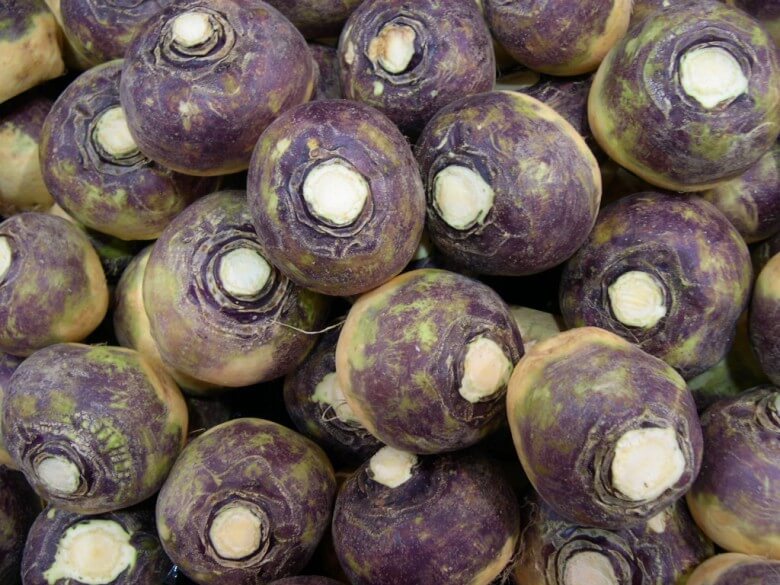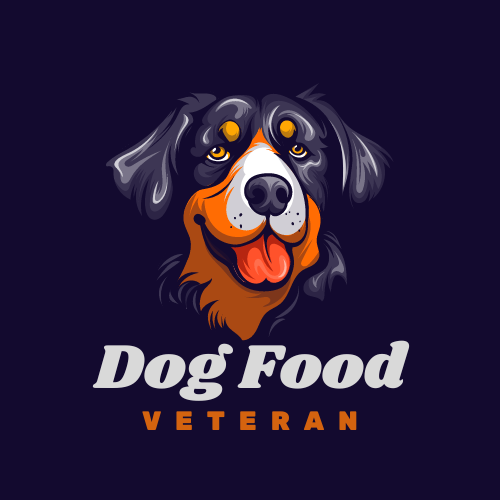Yes sure, dogs can eat swede.

Here’s why, I’d recommend Swede for your pup: This veggie is packed with lots of benefits from vitamins C to potassium and fiber and these nutrients can support your dog’s immune system, digestion, and overall health. Plus since it has low calories, it can be a great alternative to treats with high-fat content, especially for dogs who need to watch their weight.
What are the Safety Considerations?
Inasmuch, as I recommend these veggies there are certain things you must consider before you give your dog swede. Let’s take a look at them:
- Portion Size: When you give your dog Swedes for the first time, you have to be careful with the portions you are dishing out, you can start small and gradually increase it over time. Giving them large options at first can cause tummy trouble like gas or diarrhea
- Raw vs. Cooked: I understand your dilemma, you may be wondering do you give your dog raw Swede or cook it? Well, here’s my advice, cook the Swede for your pup. Cooking makes it easier for them to chew and digest properly. Also, make sure you cut the veggies into small pieces before you give them to your pup to prevent choking.
- Existing Health Issues: If your dog already has an underlying health condition like any digestive issues or diabetes, then you have to check with your vet before you give them Swede.
- Allergies: Although rare, the truth is some dogs may be sensitive to veggies or even new food, so you have to keep an eye out for signs of any allergic reaction like itching or vomiting.
What exactly is swede?
Swede also known as rutabaga is a root vegetable that’s part of the same family as cabbage and baggage. It has a round, firm body with purple-yellow skin while the inside has a pale yellow color. A lot of people enjoy using this veggie for soups, stews, or mashed veggies because of its mild, slightly sweet flavor.
What is the nutritional value of swede?
These veggies have a lot of nutrients for both us and our pups. Some of the key nutrients include:
- Vitamin C: This is great for boosting the immune system.
- Potassium: This supports nerve function and muscle health.
- Fiber: This helps with digestion and keeps things moving smoothly.
- Antioxidants: These fight off harmful free radicals and reduce inflammation.
- Low in Calories: This is perfect if you want to give your dog a healthy, low-calorie treat.
How to feed swede to your dog
Wondering about the right way, you should give your pup swede? Don’t worry I’ve got you. Here’s how to do it:
- Peel and chop the swede into small pieces to make it easier for your dog to eat.
- Cooking it: Although you can serve it raw, I’d recommend steaming or boiling to soften the texture and make it easier for your dogs to digest. Don’t forget to serve it plain.
- Raw option: If you’re giving it raw, cut it into small pieces to avoid choking, especially for smaller dogs.
Frequency:
These veggies should be an occasional treat, they shouldn’t make up part of your dog’s regular diet. A good rule of thumb is to offer it once or twice a week to prevent any digestive upsets.
Combination with other foods
You can be creative when offering your pop swede, so instead of giving them just these veggies, here are some fun ways to incorporate them into your dog’s meals.
- Mix with kibble: Mash or chop the cooked swede and mix it with your dog’s regular food for an extra nutrient boost.
- Pair with other veggies: Combine it with other vegetables like carrots or green beans for a healthy side dish.
- Freeze for treats: You can boil and mash swede, then freeze it into small portions for a cool treat, especially in warm weather.
What are the signs of swede toxicity in dogs?
Remember that adage “too much of everything is bad” It’s the same for this veggie, giving your pup too much swede can cause serious digestive problems. Some signs that your dog has eaten too much include:
- Vomiting
- Diarrhea
- Excessive gas or bloating
- Abdominal discomfort
- Lethargy or general weakness
What to do
If you think your dog has eaten too much Swede, here’s what you should do:
- Keep an eye on them: If the symptoms are mild and go away after a few hours, there’s usually nothing to worry about. Make sure your dog has plenty of water and give them time to rest.
- Call the vet: If the symptoms don’t go away or if your dog seems really uncomfortable, it’s always best to call your vet for advice.
- Skip the swede for a while: If your dog has a bad reaction, it’s a good idea to avoid giving them swede again in the future.
Final Thoughts
To wrap this up, swede can be a fun, nutritious addition to your dog’s diet, as long as you introduce it slowly and keep the servings small. Don’t forget to always watch for any signs of discomfort, and if your dog reacts well, you can add it to their occasional treat list. However, if you’re not sure, don’t hesitate to check with your vet to ensure it’s a good fit for your dog.
Read More:

